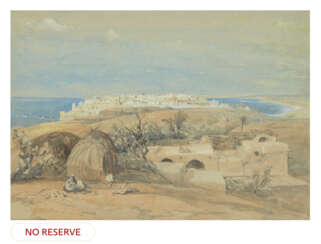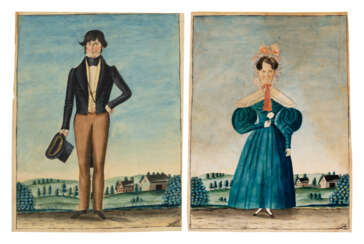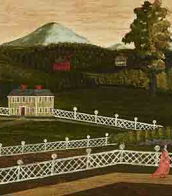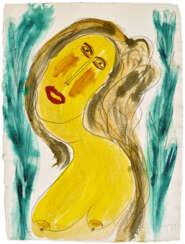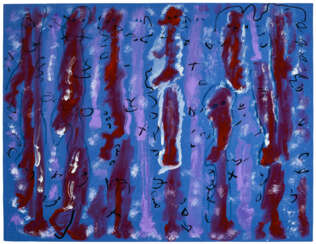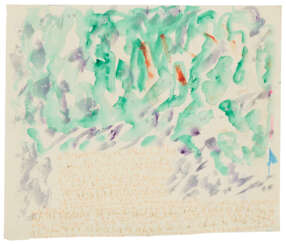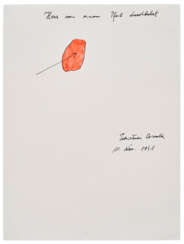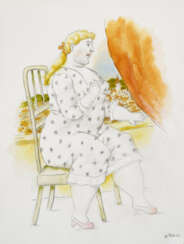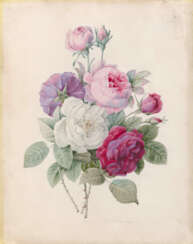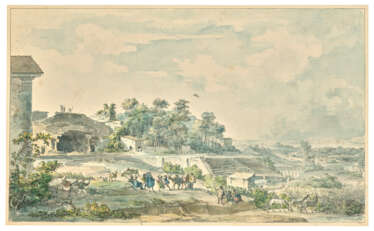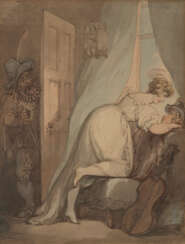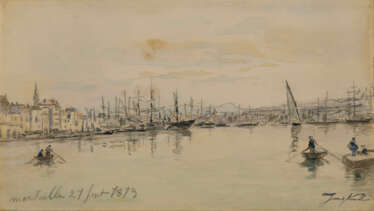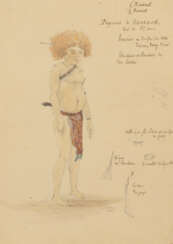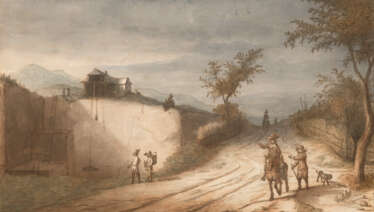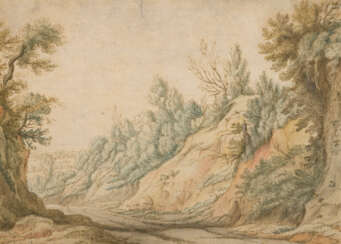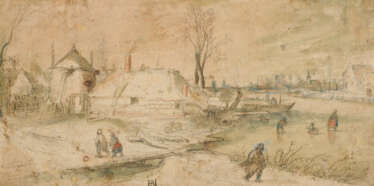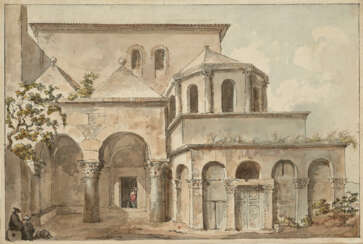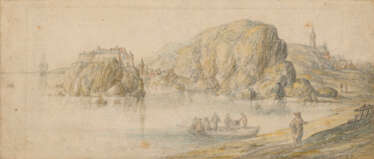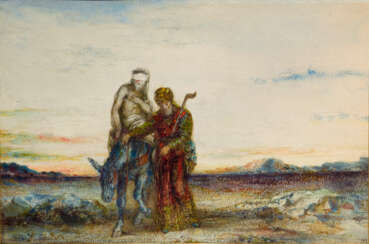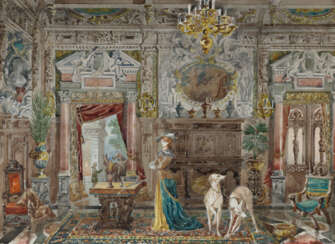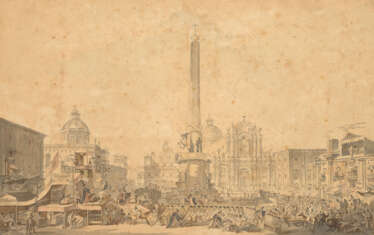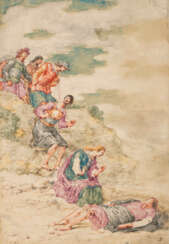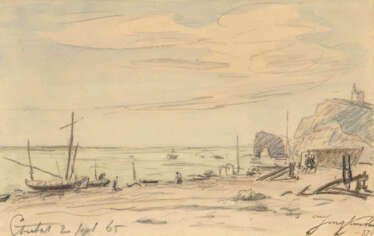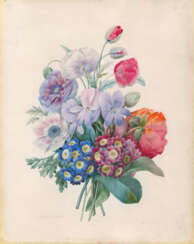картины, акварели, рисунки

David Roberts was a Scottish painter and a member of the Royal Academy.
Since 1819, David Roberts worked as a scenographer in various theaters, where his creative potential was appreciated. Inspired by the positive feedback, some time later he seriously engaged in painting. After the first exhibition of works, held in 1824, the artist went on a trip. He visited several countries in Europe, where he created many drawings. In 1833, David Roberts continued to explore the world: he went to Spain, where he spent almost a year, also had time to visit Morocco, lived in Cairo for a long time and made sketches everywhere. Subsequently, his works were published in various magazines, and the author gained fame as a talented illustrator. In 1841, the artist became a member of the Royal Academy.
In the 1840s, an album with his works was published, thanks to these publications, David Roberts became the most famous painter of the Victorian era. The artist also skillfully depicted monuments of architecture. David Roberts' paintings are striking in their photographic accuracy, and he is still considered one of the best architectural painters in his homeland.
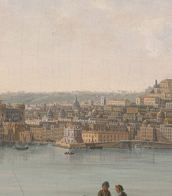
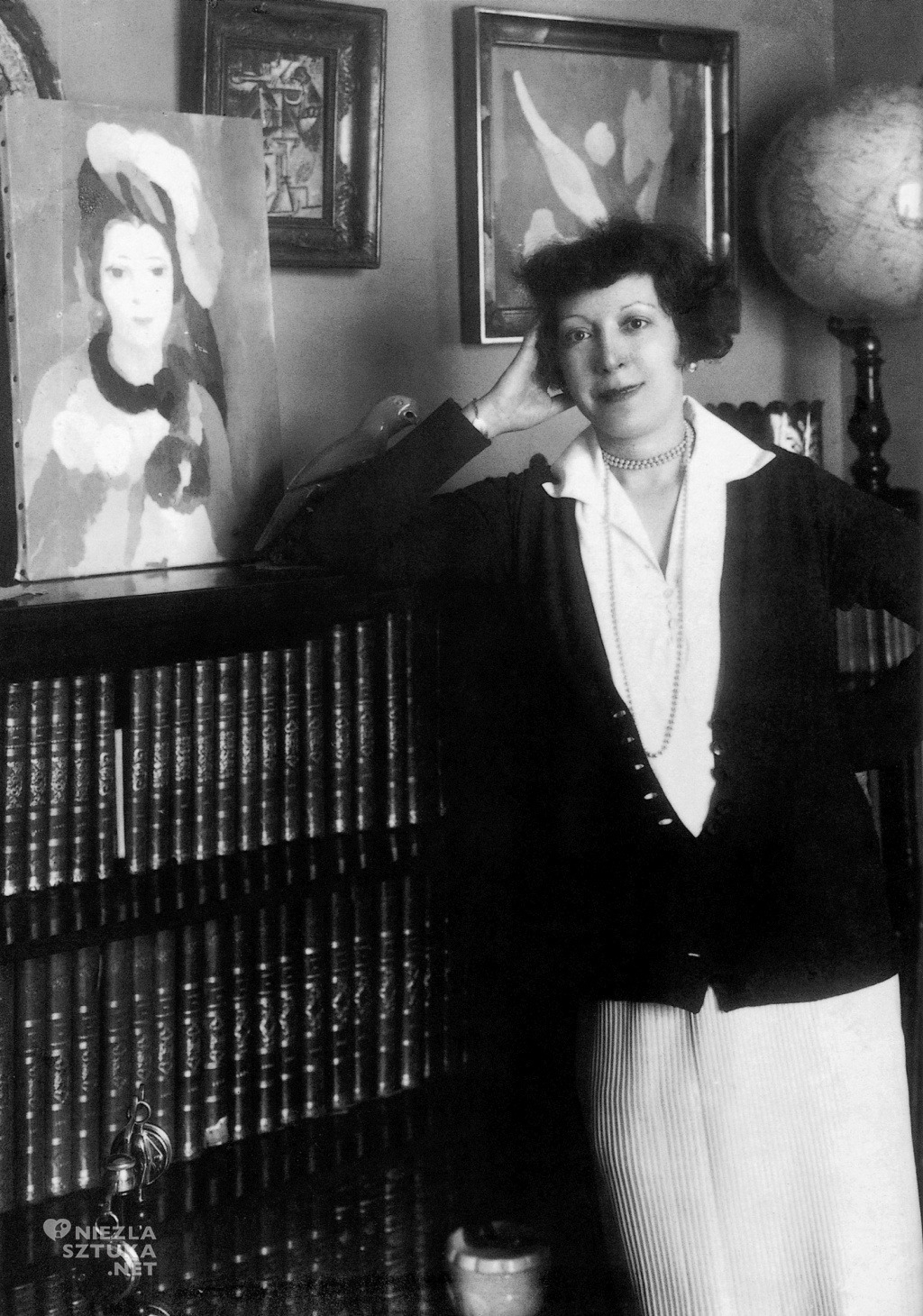
Marie Laurencin was a pivotal figure in the Parisian avant-garde, a French artist renowned for her distinct approach to painting. Unlike her contemporaries who embraced the bold facets of Cubism, Laurencin carved a niche for herself with a palette of soft pastels and a focus on ethereal female forms. Her work, embodying an enchanted, feminine world devoid of masculine presence, was revolutionary for its time, offering a sanctuary of female harmony that was both subtle and profound.
Laurencin's oeuvre extends beyond paintings to include watercolors, drawings, and prints, with notable works such as "Les jeunes filles" and "Portrait de Mademoiselle Chanel" finding homes in prestigious institutions like the Museum of Modern Art in New York and the Musée de l'Orangerie in Paris. Her legacy is further cemented by the Musée Marie Laurencin in Nagano, Japan, the only museum dedicated solely to a female painter, showcasing over 600 of her pieces.
Her approach diverged significantly from the norms of Cubism, incorporating a distinctly feminine aesthetic through the use of pastel colors and curvilinear forms. This unique style set her apart from peers and positioned her as one of the few female Cubist painters, alongside figures like Sonia Delaunay and Marie Vorobieff. Laurencin's artistry was not just an exploration of femininity but a celebration of it, challenging the dominant artistic narratives of her time.
The critique of Laurencin's work for its deliberate embrace of femininity and decorative qualities overlooks the radical essence of her aesthetic. Her paintings, characterized by serene and charming depictions of women, argue for a creative space where the feminine is not just visible but central. Works like "The Fan" and "Spanish Dancers" exemplify her ability to create intimate, self-sufficient worlds that engage the viewer in narratives of absence, longing, and female solidarity.
For collectors and experts in art and antiques, Laurencin's work offers a nuanced understanding of early 20th-century modern art movements through the lens of femininity. Her contributions to art history reflect a bold reimagining of the female form and the spaces women occupy, both in the physical and imaginative realms.
To stay informed about new product sales and auction events related to Marie Laurencin, sign up for updates. This subscription ensures you remain at the forefront of the latest developments and opportunities to acquire works by this groundbreaking artist.
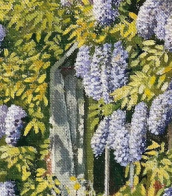

Paul Signac, a French Neo-Impressionist painter, played a pivotal role in the development of the Pointillist style alongside Georges Seurat. Born on November 11, 1863, in Paris, Signac's artistic journey was marked by significant collaborations and encounters, including meeting Vincent van Gogh and Toulouse Lautrec in Paris. His relationship with van Gogh was notably influential, as they painted together at Asnières-sur-Seine, focusing on river landscapes and cafés.
Signac was deeply invested in anarchist ideas, which he explored through his readings of Élisée Reclus, Kropotkin, and Jean Grave. His political leanings were also evident in his art, as seen in his 1893 painting, "In the Time of Harmony," which was initially titled "In the Time of Anarchy." This change was necessitated by the political repression of anarchists in France at the time.
A lover of sailing, Signac began traveling in 1892, which greatly influenced his art. He would sail to various ports, bringing back vibrant watercolors sketched from nature. These sketches later served as the basis for his larger studio canvases, which were composed of small, mosaic-like squares of color, differing from Seurat's tiny, variegated dots.
Signac's contribution to art extended beyond his own works. As president of the Société des Artistes Indépendants from 1908 until his death, he encouraged younger artists and exhibited controversial works of the Fauves and Cubists. He was notably the first patron to buy a painting by Henri Matisse, demonstrating his support for emerging artists.
In his personal life, Signac married Berthe Roblès on November 7, 1892, and his interactions with other artists, including Henri Matisse and André Derain, were instrumental in the evolution of Fauvism. Despite initially not admiring the Fauve style, Signac played a decisive role in its development.
Signac's impact on culture, art, and painting is undeniable. His works, found in various museums and galleries, continue to inspire art collectors and experts. For those interested in exploring Signac's contributions further, signing up for updates on new product sales and auction events related to Paul Signac is highly recommended. This subscription is an excellent way for collectors and art experts to stay informed about the latest developments and opportunities related to Signac's enduring legacy.

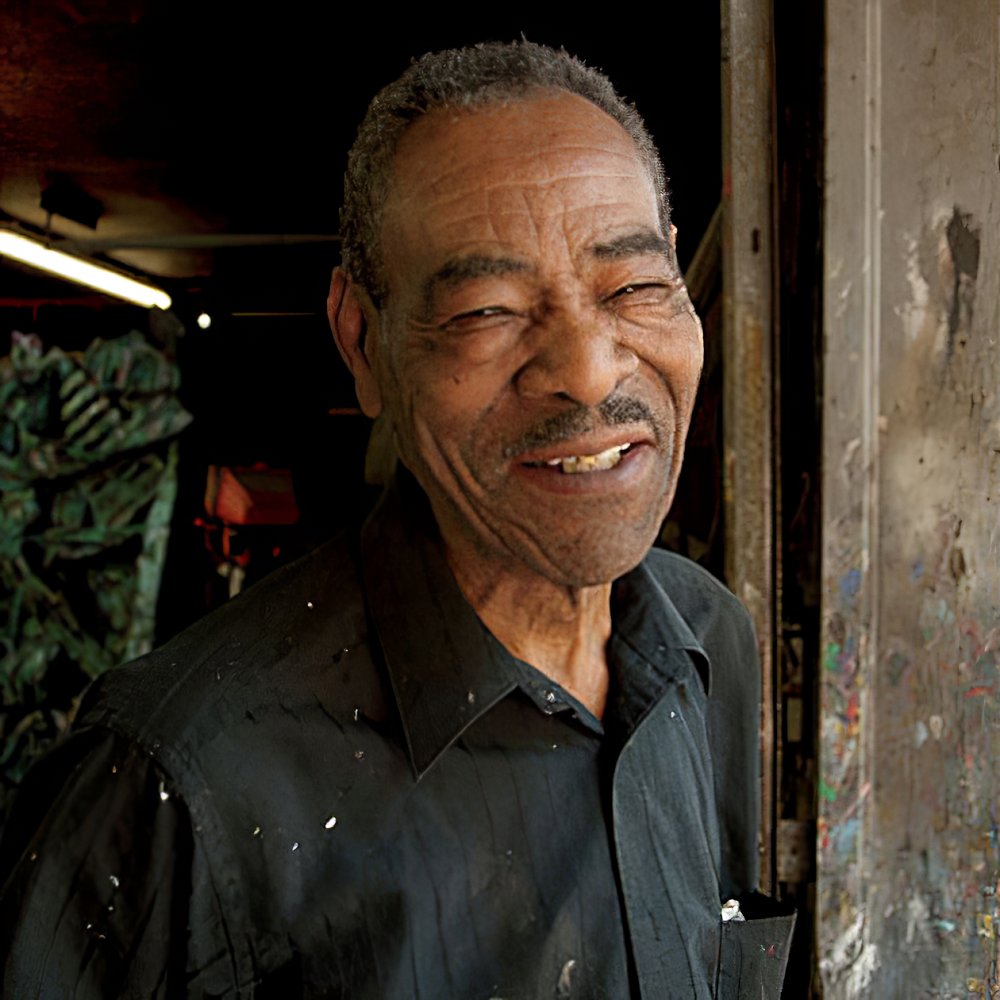
Thornton Dial was a pioneering American artist who came to prominence in the late 1980s. Dial's body of work exhibits formal variety through expressive, densely composed assemblages of found materials, often executed on a monumental scale. His range of subjects embraces a broad sweep of history, from human rights to natural disasters and current events. Dial's works are widely held in American museums; ten of Dial's works were acquired by the Metropolitan Museum of Art in 2014.


Thornton Dial was a pioneering American artist who came to prominence in the late 1980s. Dial's body of work exhibits formal variety through expressive, densely composed assemblages of found materials, often executed on a monumental scale. His range of subjects embraces a broad sweep of history, from human rights to natural disasters and current events. Dial's works are widely held in American museums; ten of Dial's works were acquired by the Metropolitan Museum of Art in 2014.

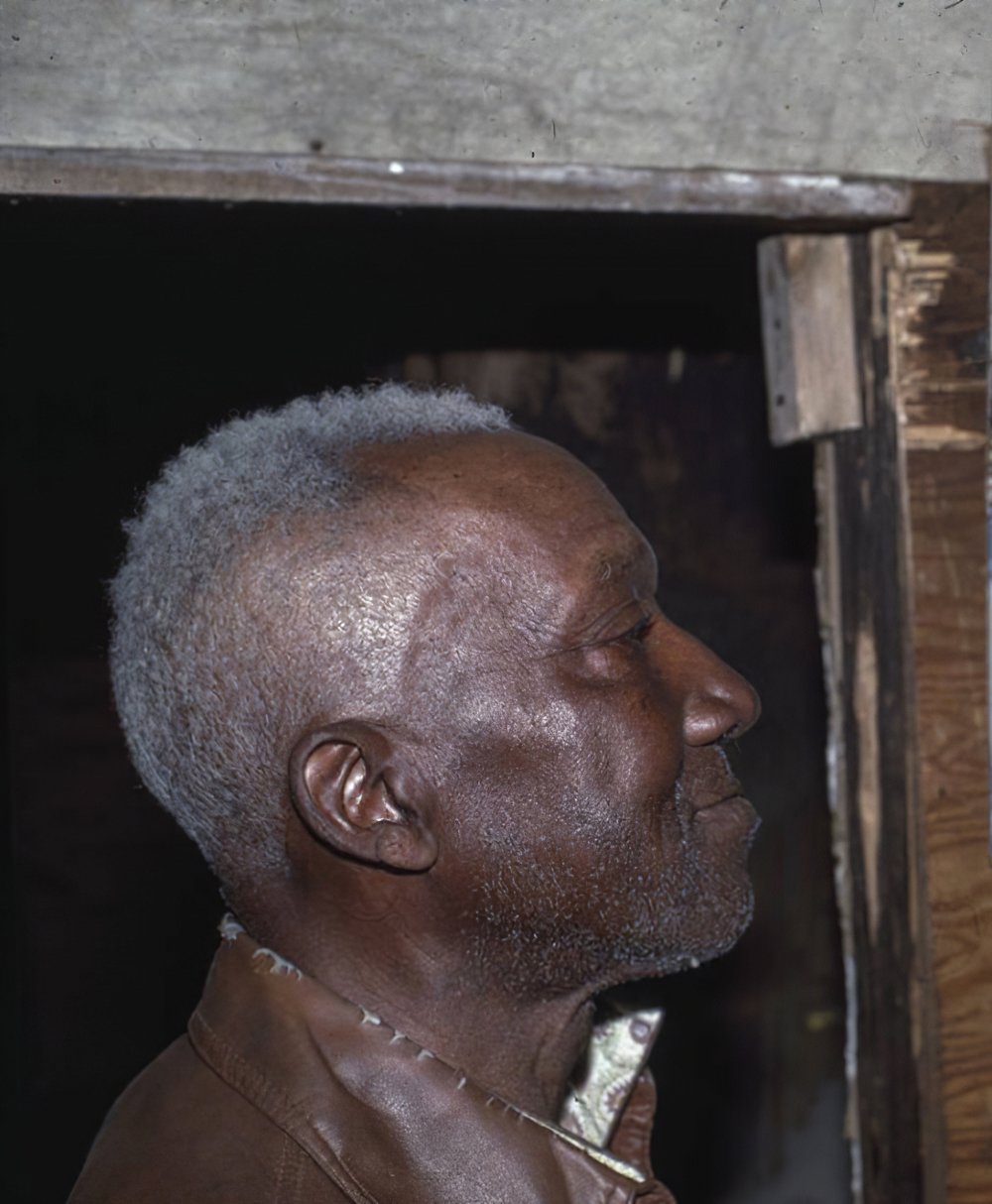
John Bunion (J. B.) Murray was an abstract expressionist painter from Glascock County, GA. His work has been shown among folk art exhibitions and is included at the American Folk Art Museum and the Smithsonian American Art Museum, and has been featured in many museum exhibitions, including "Self-Taught Genius" at AFAM and "When the Stars Begin to Fall" at the Studio Museum. His work is best known for its codified use of colors and improvised script, called "spirit script," which could only be translated by the artist.


John Bunion (J. B.) Murray was an abstract expressionist painter from Glascock County, GA. His work has been shown among folk art exhibitions and is included at the American Folk Art Museum and the Smithsonian American Art Museum, and has been featured in many museum exhibitions, including "Self-Taught Genius" at AFAM and "When the Stars Begin to Fall" at the Studio Museum. His work is best known for its codified use of colors and improvised script, called "spirit script," which could only be translated by the artist.


Thornton Dial was a pioneering American artist who came to prominence in the late 1980s. Dial's body of work exhibits formal variety through expressive, densely composed assemblages of found materials, often executed on a monumental scale. His range of subjects embraces a broad sweep of history, from human rights to natural disasters and current events. Dial's works are widely held in American museums; ten of Dial's works were acquired by the Metropolitan Museum of Art in 2014.

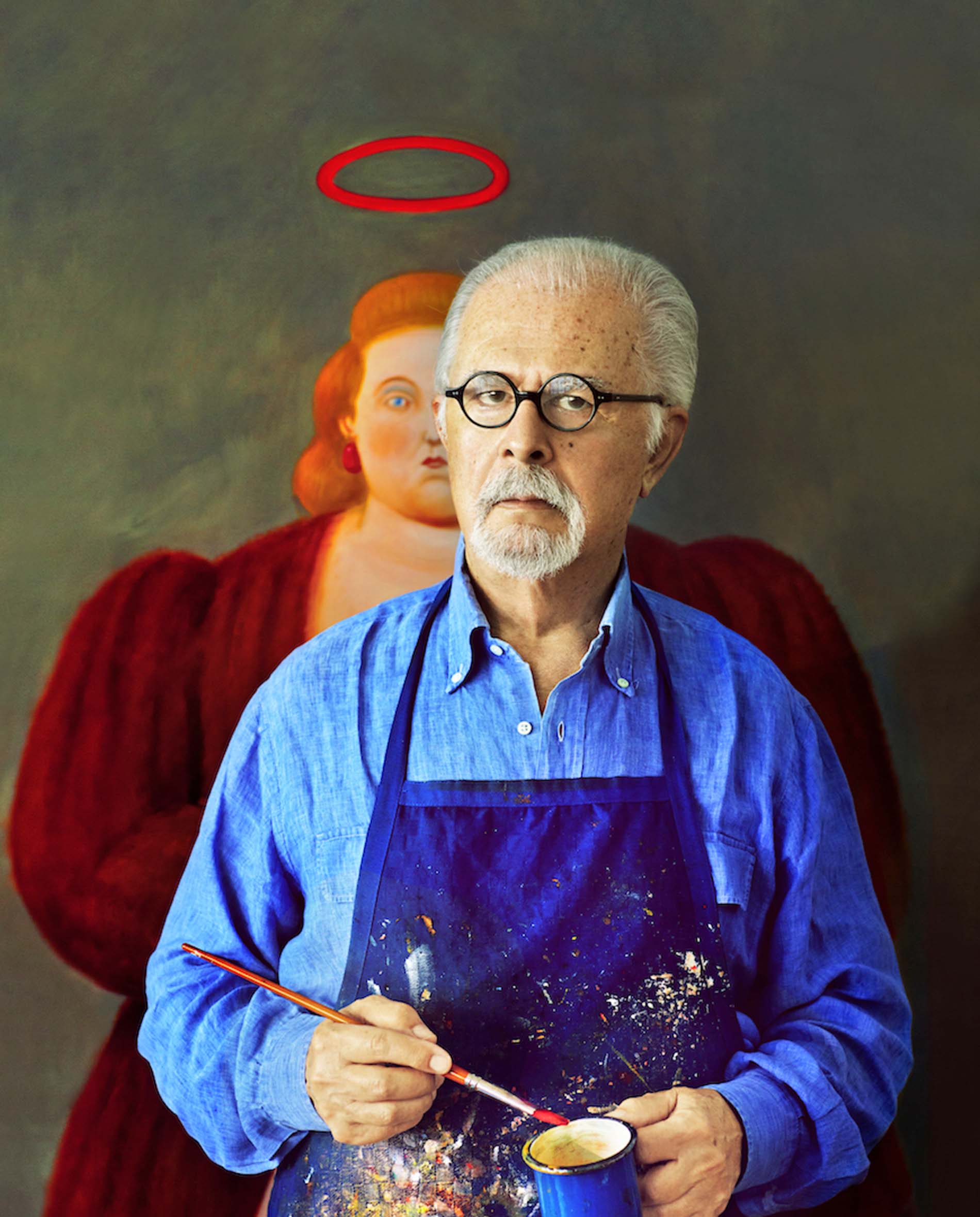
Fernando Botero Angulo was a Colombian painter and sculptor, celebrated for his volumetric stylization of figures and objects in his works. Born in Medellín, Colombia, Botero's signature style, known as "Boterismo", portrays people and animals in exaggerated and inflated shapes, often conveying social criticism or humor.
Fernando Botero's journey into the art world was marked by his early rejection of traditional artistic paths, opting instead to explore an innovative style that would later dominate his career. His art, infused with a mix of political satire and playful humor, has graced numerous galleries and public spaces worldwide. Notable public installations include his sculptures in Park Avenue, New York City, and the Champs-Élysées in Paris. His works are in the collections of many major international museums and have fetched high sums at auctions.
Fernando Botero's ability to capture the human condition through rounded, corpulent figures has endeared him to a global audience. His notable works such as "The Presidential Family" and "The Death of Pablo Escobar" are poignant commentaries on Colombian politics and society. Furthermore, Botero donated significant numbers of his works to Colombian museums, enriching the cultural heritage of his native country.
His influence extends beyond paintings and sculptures, as Fernando Botero has also engaged with social issues through his art. His series on Abu Ghraib prison abuses reflects his commitment to human rights and his capacity to address painful subjects through his distinct aesthetic.
For those interested in the vibrant world of art and culture, Botero's work remains a testament to the power of visual satire and cultural commentary. To stay updated on exhibitions and auctions featuring Fernando Botero’s works, sign up for alerts and dive deeper into the rich legacy of this monumental artist.
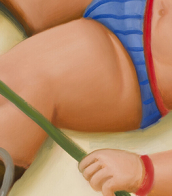

Fernando Botero Angulo was a Colombian painter and sculptor, celebrated for his volumetric stylization of figures and objects in his works. Born in Medellín, Colombia, Botero's signature style, known as "Boterismo", portrays people and animals in exaggerated and inflated shapes, often conveying social criticism or humor.
Fernando Botero's journey into the art world was marked by his early rejection of traditional artistic paths, opting instead to explore an innovative style that would later dominate his career. His art, infused with a mix of political satire and playful humor, has graced numerous galleries and public spaces worldwide. Notable public installations include his sculptures in Park Avenue, New York City, and the Champs-Élysées in Paris. His works are in the collections of many major international museums and have fetched high sums at auctions.
Fernando Botero's ability to capture the human condition through rounded, corpulent figures has endeared him to a global audience. His notable works such as "The Presidential Family" and "The Death of Pablo Escobar" are poignant commentaries on Colombian politics and society. Furthermore, Botero donated significant numbers of his works to Colombian museums, enriching the cultural heritage of his native country.
His influence extends beyond paintings and sculptures, as Fernando Botero has also engaged with social issues through his art. His series on Abu Ghraib prison abuses reflects his commitment to human rights and his capacity to address painful subjects through his distinct aesthetic.
For those interested in the vibrant world of art and culture, Botero's work remains a testament to the power of visual satire and cultural commentary. To stay updated on exhibitions and auctions featuring Fernando Botero’s works, sign up for alerts and dive deeper into the rich legacy of this monumental artist.

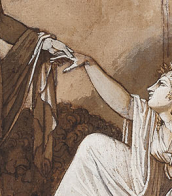
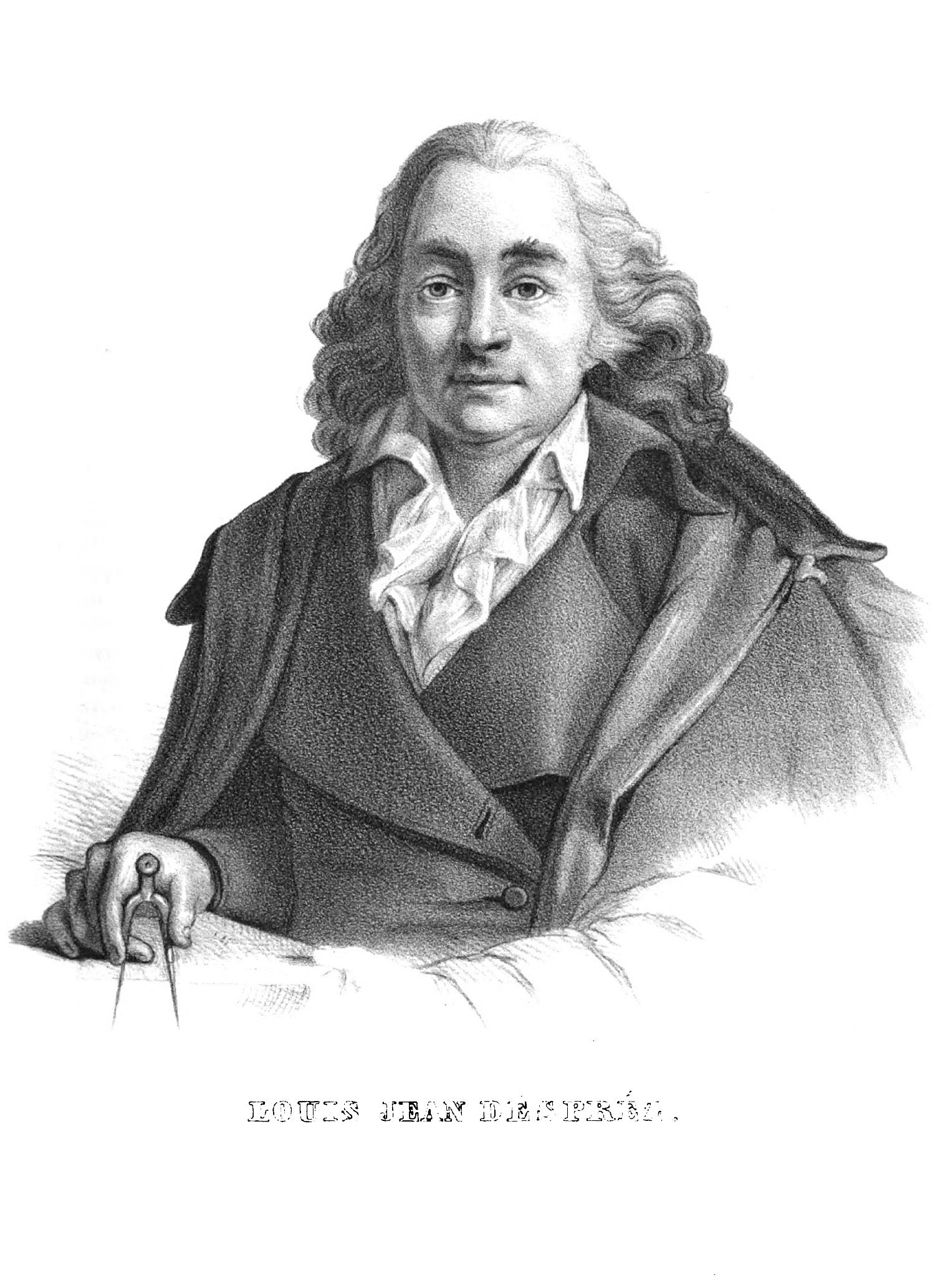

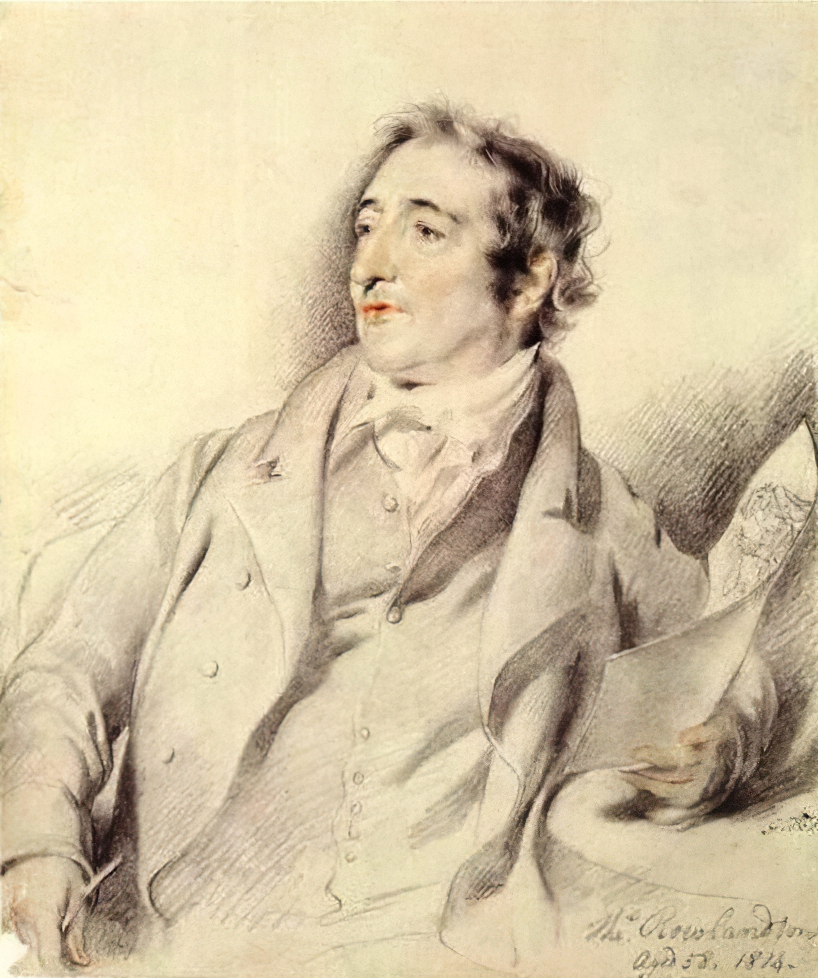
Thomas Rowlandson was an English artist and caricaturist of the Georgian Era, noted for his political satire and social observation. A prolific artist and printmaker, Rowlandson produced both individual social and political satires, as well as a large number of illustrations for novels, humorous books, and topographical works. Like other caricaturists of his age such as James Gillray, his caricatures are often robust or bawdy. Rowlandson also produced highly explicit erotica for a private clientele; this was never published publicly at the time and is now only found in a small number of collections. His caricatures included those of people in power such as the Duchess of Devonshire, William Pitt the Younger and Napoleon Bonaparte.

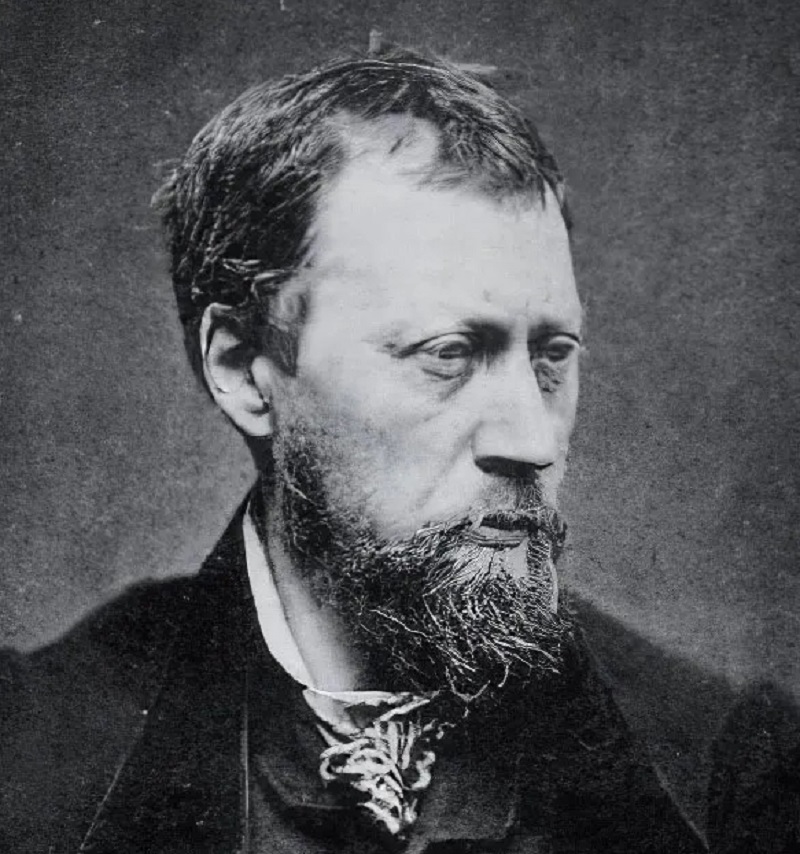
Johan Barthold Jongkind was a Dutch painter and printmaker. He painted marine landscapes in a free manner and is regarded as a forerunner of Impressionism.
Jongkind's most frequent subject was the marine landscape, which he painted both in the Netherlands and in France. Many of his works depict the Seine, particularly the area near Notre-Dame Cathedral. He painted watercolors out-of-doors, and used them as sketches for oil paintings made in his studio. His paintings are characterized by vigorous brushwork and strong contrasts. Like the 17th-century Dutch landscape painters of the Golden Age of Dutch painting, he typically composed his landscapes with a low horizon, allowing the sky to dominate.


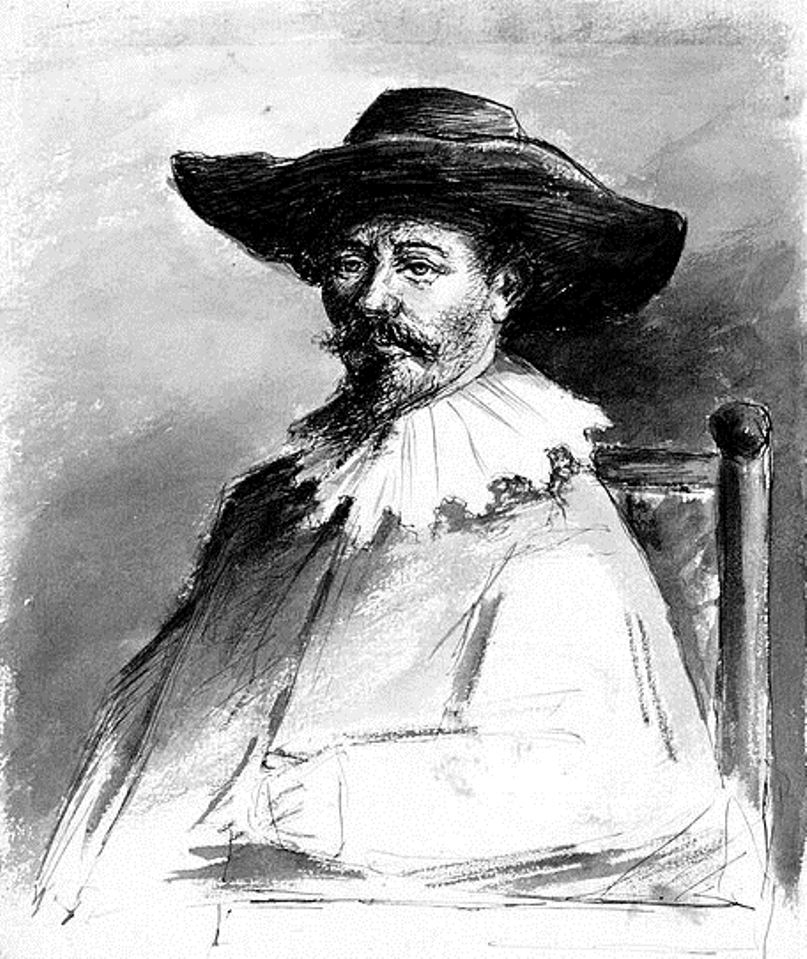


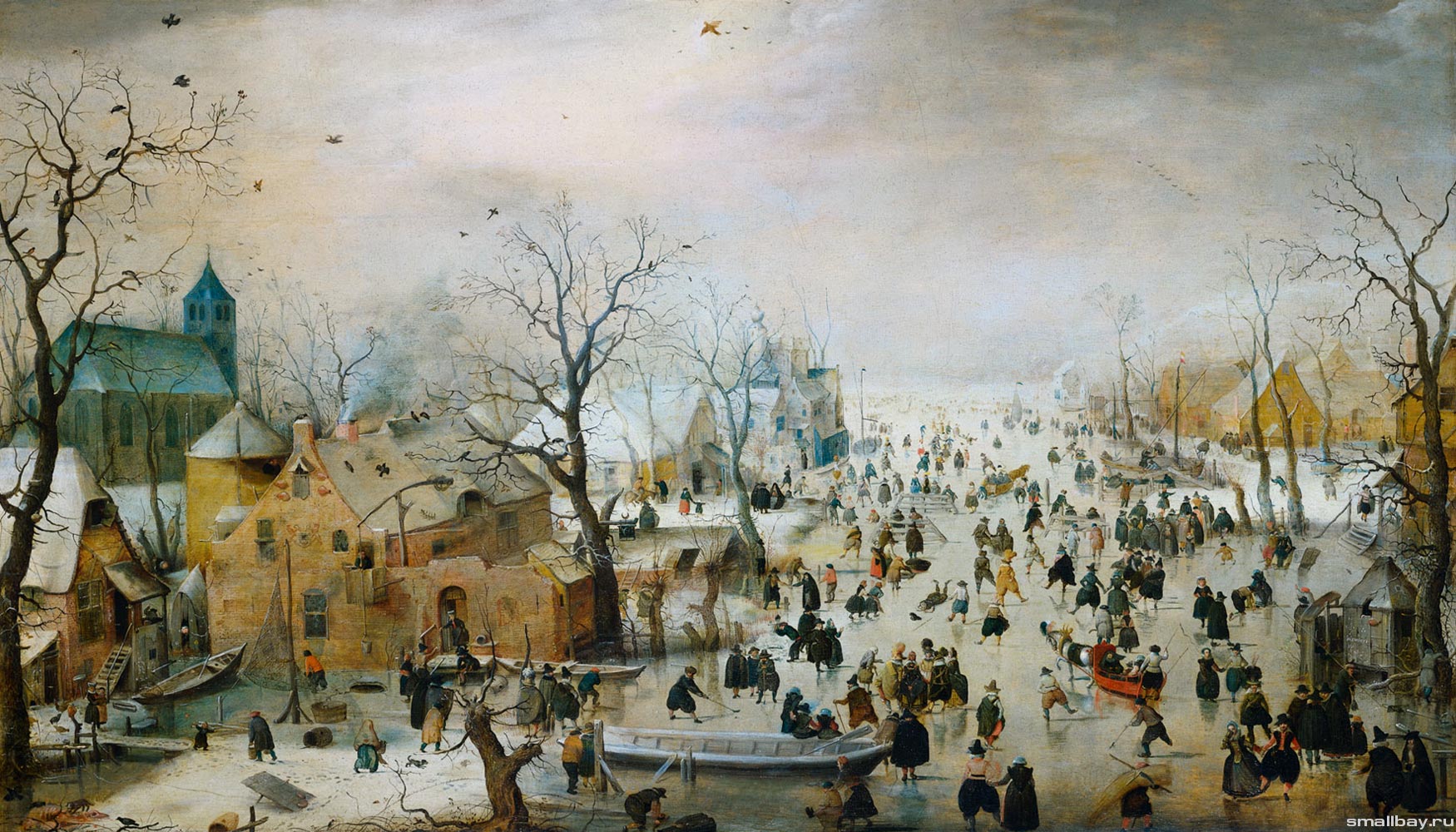
Hendrick Avercamp was a seminal Dutch painter during the Dutch Golden Age. He is celebrated as one of the earliest landscape painters of the 17th-century Dutch school, specializing in vibrant winter scenes of the Netherlands. His paintings are filled with colorful and lively depictions of people engaging in various activities against the backdrop of the Dutch winter landscape.
Educated by the Danish-born portrait painter Pieter Isaacsz, Hendrick Avercamp's work reflects a strong influence from the Flemish painting tradition, especially evident in the landscapes reminiscent of Pieter Bruegel the Elder. His technique of aerial perspective, where objects in the foreground are painted with richer colors than those in the distance, creates a remarkable impression of depth in his paintings.
Hendrick Avercamp's most ambitious and acclaimed work, 'Winter Landscape with Ice Skaters', painted around 1608, is a detailed panorama of human and animal activities during a harsh winter. This painting, along with others like 'Winter Landscape with a Frozen River and Figures' and 'Winter Landscape with Skates and People Playing Golf', showcase his knack for narrative, capturing various facets of 17th-century Dutch society enjoying the winter season.
Despite being mute and probably deaf, Hendrick Avercamp's keen observation skills are evident in his works, where he intricately portrays diverse classes engaging in various winter activities. He produced about a hundred paintings, many of which can be seen in the Rijksmuseum in Amsterdam and the Mauritshuis in The Hague. His work was also celebrated for its historical quality, providing a glimpse into the life of different societal levels in the Netherlands at that time.
For collectors and enthusiasts of art and antiques, Hendrick Avercamp's paintings offer a fascinating window into the Dutch Golden Age, with their vivid portrayal of life and activities in a winter setting. His works, characterized by meticulous detail and a cheerful narrative, remain an integral part of the conversation in the history of Dutch art.
To stay updated on the latest insights and collections related to Hendrick Avercamp's works, consider subscribing to our updates. Stay informed about new sales, exhibitions, and auction events featuring this master of Dutch winter landscapes.



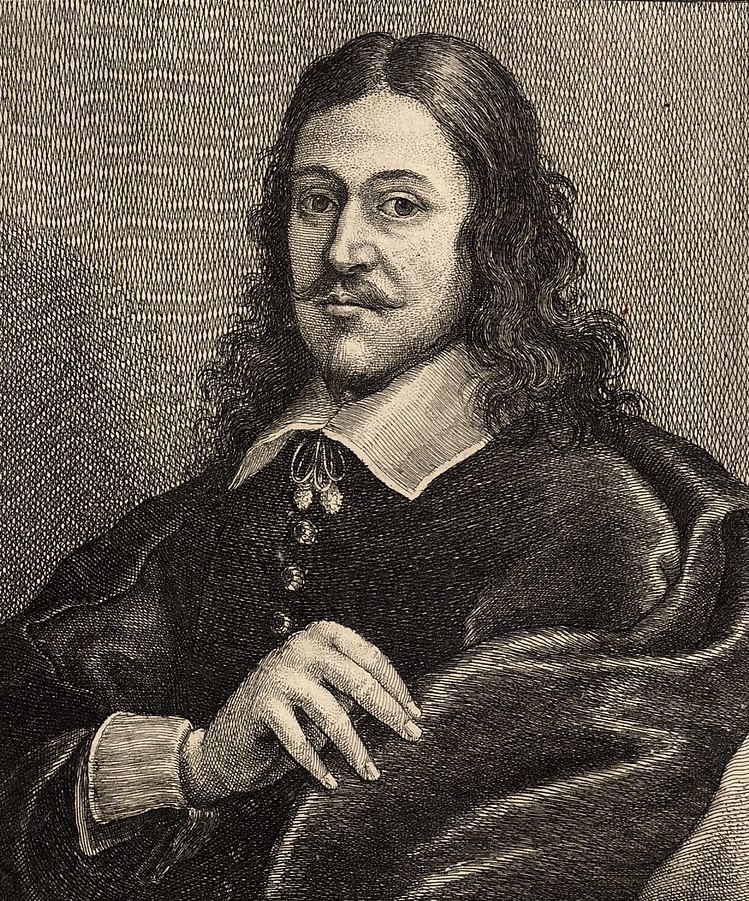
Bonaventura Peeters the Elder was a prominent Flemish painter, draughtsman, and etcher specializing in marine art during the 17th century. His extensive body of work encompassed marine battles, storms at sea, shipwrecks, and views of ships in rivers and harbours.
Peeters displayed a keen understanding of ships, capturing their intricate details. His earlier works exhibited tonal landscapes influenced by Dutch painting, while later pieces reflected vibrant colors inspired by Italian classicism. He skillfully depicted dramatic shipwrecks, serene ports, and intricate portrayals of ships. Many of his paintings depicted actual locations along the North Sea and the river Scheldt, while others showcased imagined scenes of far-away Mediterranean and Middle Eastern ports. Peeters also collaborated with family members and fellow artists, and his drawings and engravings were included in notable publications like Blaeu's Atlas Maior.


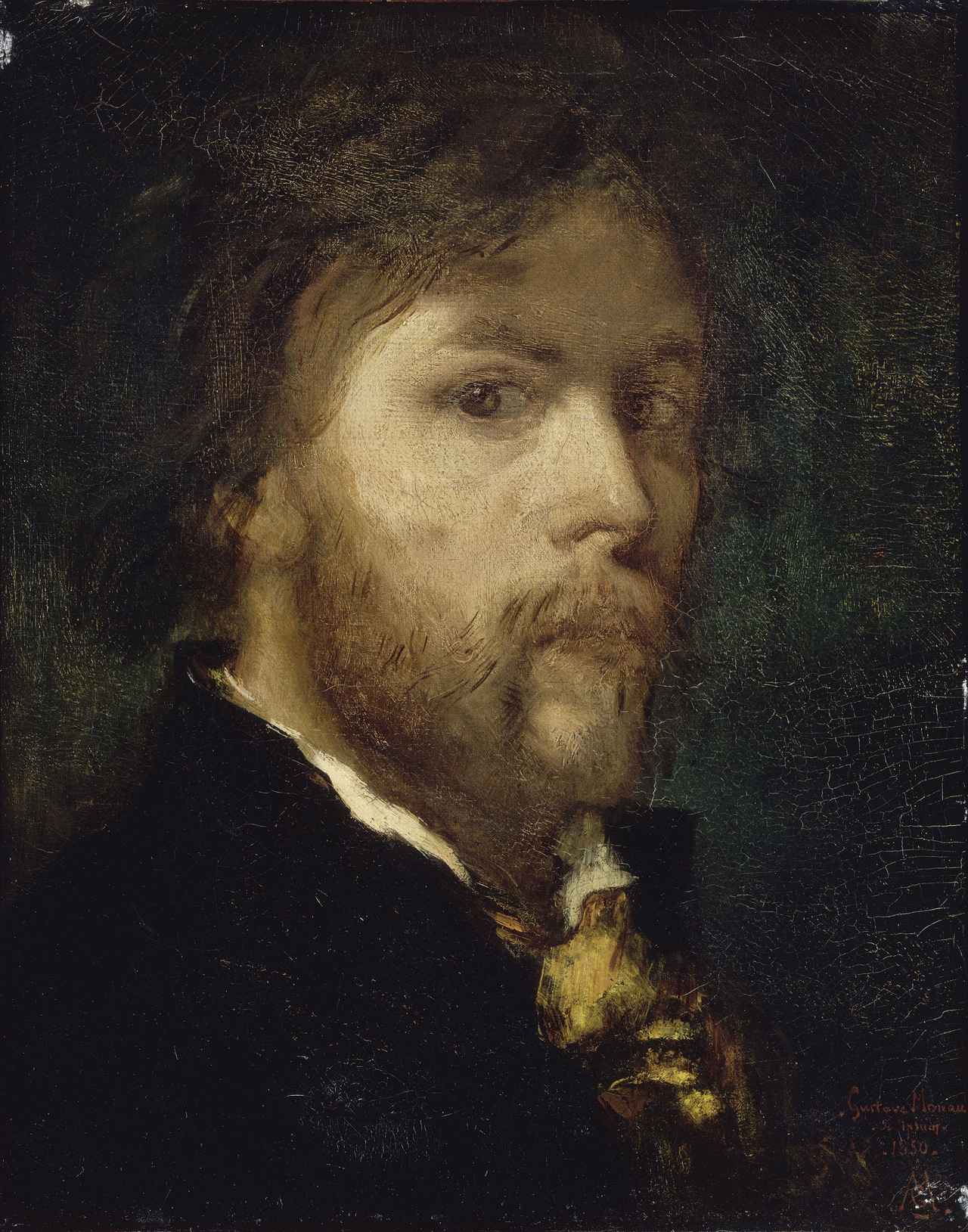
Gustave Moreau was a French artist and an important figure in the Symbolist movement. Jean Cassou called him "the Symbolist painter par excellence". He was an influential forerunner of symbolism in the visual arts in the 1860s, and at the height of the symbolist movement in the 1890s, he was among the most significant painters.




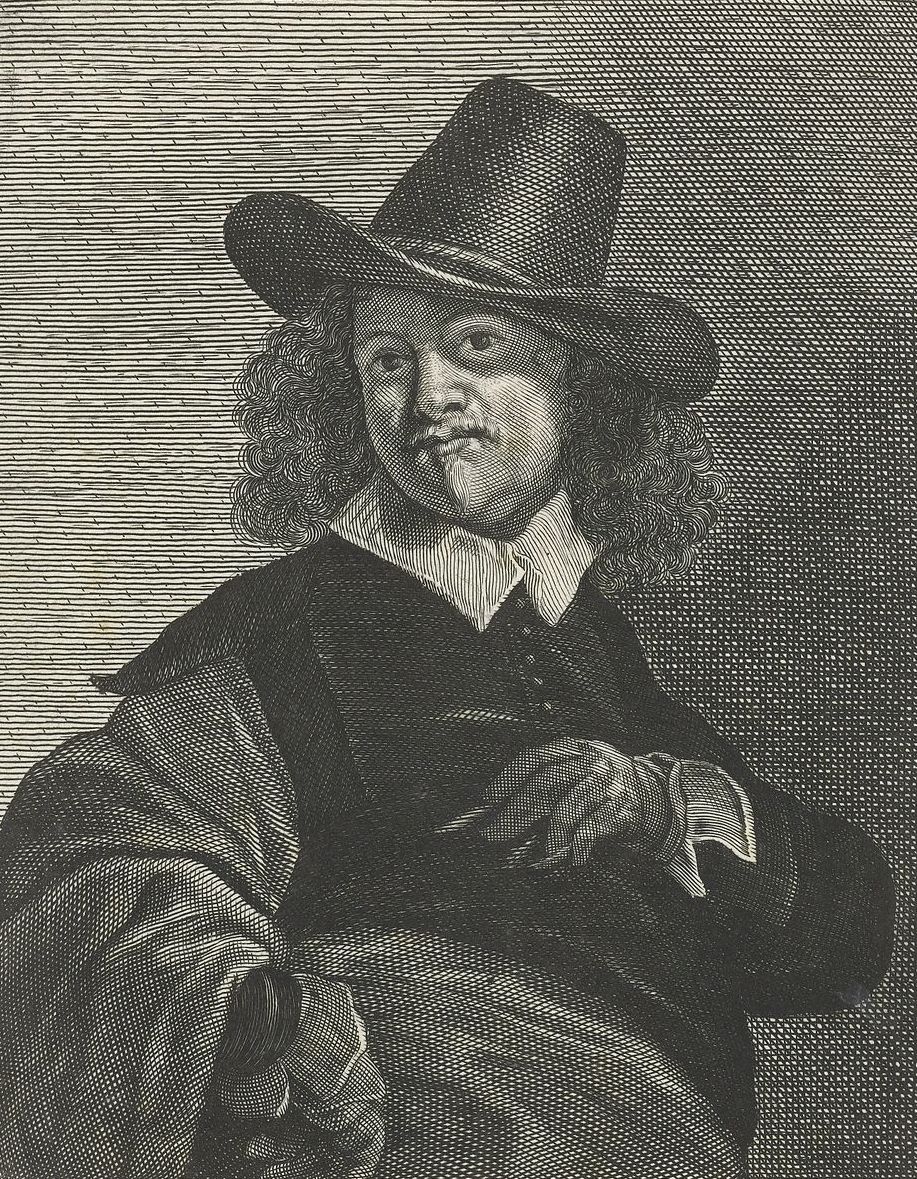
Leonard Bramer, Leonaert Bramer or Leendert Bramer, war a Dutch painter best known for his genre, religious, and historical paintings.


Johan Barthold Jongkind was a Dutch painter and printmaker. He painted marine landscapes in a free manner and is regarded as a forerunner of Impressionism.
Jongkind's most frequent subject was the marine landscape, which he painted both in the Netherlands and in France. Many of his works depict the Seine, particularly the area near Notre-Dame Cathedral. He painted watercolors out-of-doors, and used them as sketches for oil paintings made in his studio. His paintings are characterized by vigorous brushwork and strong contrasts. Like the 17th-century Dutch landscape painters of the Golden Age of Dutch painting, he typically composed his landscapes with a low horizon, allowing the sky to dominate.


